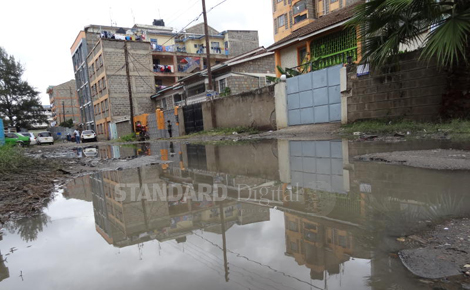×
The Standard e-Paper
Join Thousands Daily

NAIROBI: When it rains in Nairobi it floods, and when it floods the city’s old sewer lines overflow; spewing smelly raw sewage onto the roads, into residential areas and worse still contaminating clean water pipes.